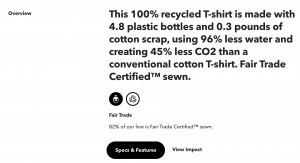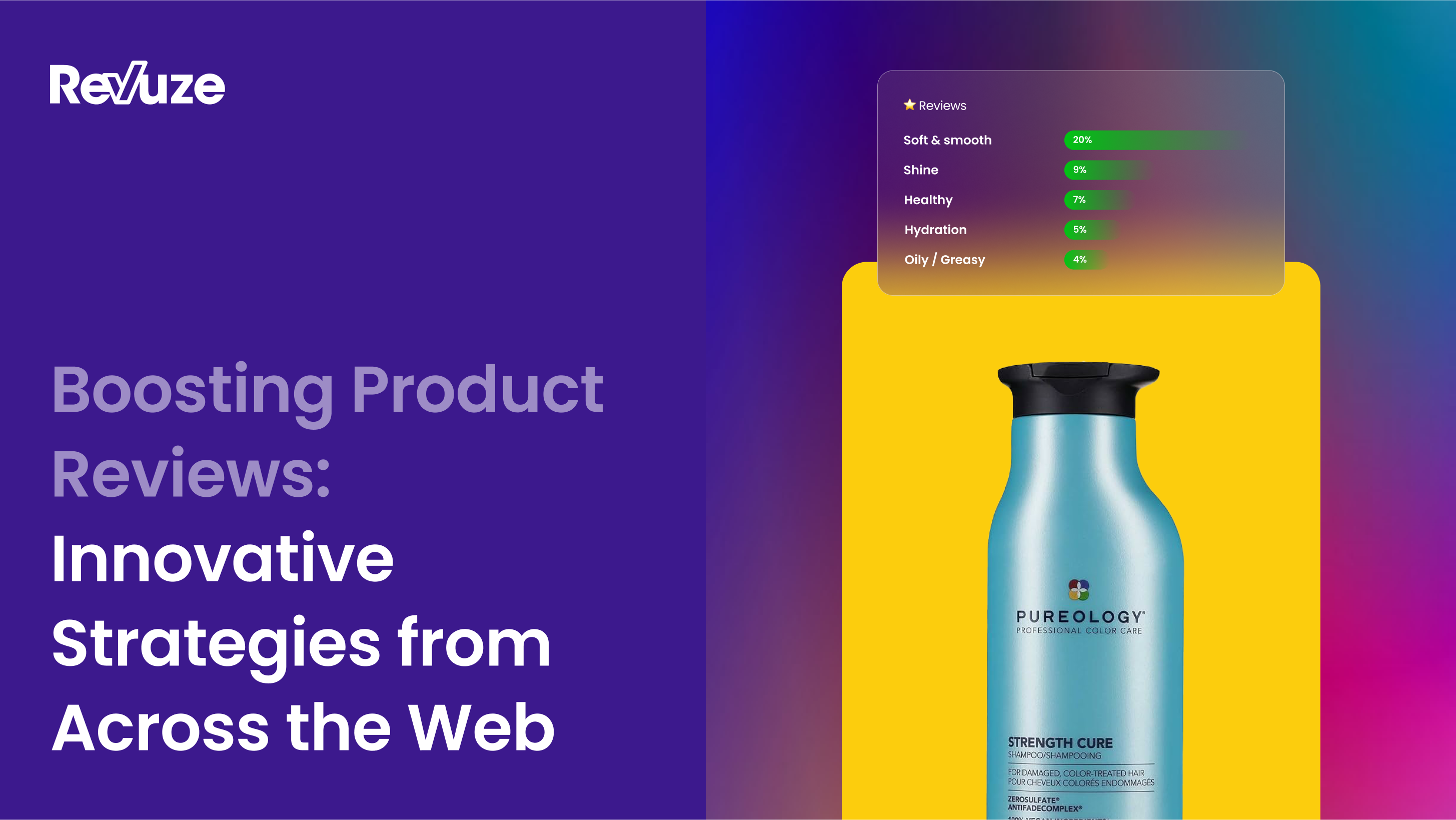
Generation Z is rapidly growing in market share and is predicted to impact consumer trends across industries significantly. Last year, Gen Z accounted for 40% of global consumers and held a purchasing power worth over $143 billion. As the oldest members of this generation slowly begin to enter the workforce, we can anticipate that this generation’s financial influence across the globe may only continue to expand. So what does this mean for brands and retailers?
It’s clear that if they want to stay in business and reap the financial rewards, brands and retailers across the CPG industry must learn how to connect and appeal to this new wave of consumers and combat changing consumer tastes. This blog post will break down who exactly Gen Z is, explain why it’s essential for brands to understand this generation, and provide two marketing strategies to reach Gen Z audiences, with examples of companies that did so successfully.
Gen Z and Why They Matter
Also known as “iGen” or “Digital Natives,” Generation Z is arguably the generation that has little to no recollection of a world without smartphones. With the members of this generation born between 1997 and 2015 (or ages 6 to 24 as of 2021), Gen Z comprises the true digital natives who have been exposed to the internet and social media since the time they were born.
Technology plays a significant role in Gen Z’s lives and plays an even more critical role in their spending habits than most realize. Given their lifelong ability to access unlimited information at their fingertips, Gen Z can make informed spending decisions and become even smarter shoppers. Whether it’s reading online reviews of a product, comparing prices with competitors, or using apps to find promo codes and discounts, the Gen Z shopping experience is strategic and tactful. To appeal to Gen Z, brands and retailers must begin catering to this audience’s digital nature and emphasize their online presence and mobile experience.
Not only are Gen Z technological natives, but they are also on track to be the most ethnically diverse and educated generation to date. For example, a series of reports from Pew Research has revealed that one-in-four digital natives are Hispanic, which is significantly higher than 18% of Hispanic Millennials. Gen Z is also enrolling in higher education at a considerably greater rate than Millennials were at the same age. A large majority (59%) of digital natives aged 18-to-20-years old are enrolled in college. Because of this generation’s prominent ethnic and racial diversity, embracing diversity and belonging is vital. A qualitative research study has revealed that 76% of Gen Z members feel that diversity and inclusion are essential for brands to address. However, the demand for ethical commitment doesn’t stop there. These young consumers want to support brands that share a responsibility in making a positive impact on the world. Whether it’s a political, social, or environmental issue, Gen Z wants to support brands that are willing to take a stance on important causes. 66% of young customers agree that if a company is affiliated with a social cause they support, their impression of the brand increases. If brands aim to build a loyal following within this market segment, making ethical choices and embracing cause-based marketing is a strategic approach towards successfully appealing to Gen Z and reaping the financial rewards.
Reaching Gen Z
Building Your Social Media Marketing Strategy
Over 90% of marketing teams utilize social media as part of their overall marketing strategy — and for a good reason. Nearly half (49%) of Gen Z members get their news from social media, compared to 17% of the rest of the population. And according to a 2019 study, Gen Z spends nearly 3 hours a day on social media compared to Millennials, who spend an average of 2 hours a day.
While there are many social media platforms to choose from today, not every social media platform is equal. For brands trying to reach Gen Z, it’s best to avoid platforms such as Facebook, whose majority of users are above age 25. Instead, a national survey revealed that Gen Z members use Instagram (76%), Snapchat (75%), and TikTok (55%).
To see the effectiveness of social media in action, check out this example of Chipotle.
Chipotle has a solid social media presence across multiple platforms. With over 1 million followers on both Instagram and TikTok, Chipotle is an example of a brand that has successfully tapped into the power of social media marketing. Not only does the restaurant group post content consistently across all of their platforms, but they also engage with their followers by commenting on their posts or replying to their comments. Additionally, Chipotle is unafraid to add some spice to its social media content. The restaurant group is famous for experimenting with memes to promote their content, which typically results in high engagement levels.

Foster Brand Authenticity
Brand authenticity is the degree to which customers believe a brand is loyal to itself, genuine to its customers, and driven by compassion and responsibility, according to G2.
Authenticity is essential to this new generation. In a survey conducted by CNBC, the majority of Gen Z (67%) agreed that “being true to their values and beliefs makes a person cool.” One technique to promote brand authenticity is to utilize brand storytelling. Brand storytelling involves using various narratives to communicate who your brand is, what you stand for, and connect with your audience on a deeper level. People don’t just want to buy what you sell; they want to buy why you sell it. Take Patagonia, for example.
Patagonia is a designer of outdoor clothing and gear. Founded in 1973 by Yvon Chouinard, Patagonia’s mission is to “Build the best product, cause no unnecessary harm, use business to inspire and implement solutions to the environmental crisis.” The outdooring clothing brand highlights their worthy cause by selling a clothing line known as the “Responsibili-Tee,” which consists of 100% recycled t-shirts.


Patagonia fully immerses its consumers interested in purchasing this eco-friendly t-shirt in the story of how the t-shirt came to be. As a result, not only can you see a complete overview of the recycled materials that make up these clothes, but you can also see the exact location of the facilities that produce it and the direct impact it has on the planet.
However, the storytelling doesn’t stop there.
While the brand displays its worthy cause during the buyer’s journey, website visitors can also read the Footprint Chronicles. The Footprint Chronicles is a resource that keeps Patagonia honest about where its products come from and the resources required to create those products. In the Footprint Chronicles, readers can find the brand’s material and environmental programs, social responsibility programs, and information regarding their facilities and suppliers across the supply chain.
Wrapping up
Gen Z is the next generation of global consumers. As such, businesses must prepare for this new generation by incorporating these young consumers in business strategies, especially as their influence in the marketplace becomes more prominent.
So whether it’s through social media marketing to build brand awareness or by following the lead of major brands to foster brand authenticity, exploring different strategies that cater to the unique characteristics of Gen Z’s diverse demographic is critical in these coming years.
 All
Articles
All
Articles Email
Analytics
Email
Analytics








 Agencies
Insights
Agencies
Insights